“Superfoods.” It’s a name given to any foods that have a bit more nutritional value and health benefits than their counterparts. People clamor to get their hands on them and use them in every recipe that they can think of.
But have you ever wondered why some of these foods are so hard to find? Or if super foods are really that much better for you than other foods? Now, you don’t have to brave the crazy lines and people at Whole Foods.
1. Blueberries for açaí berries
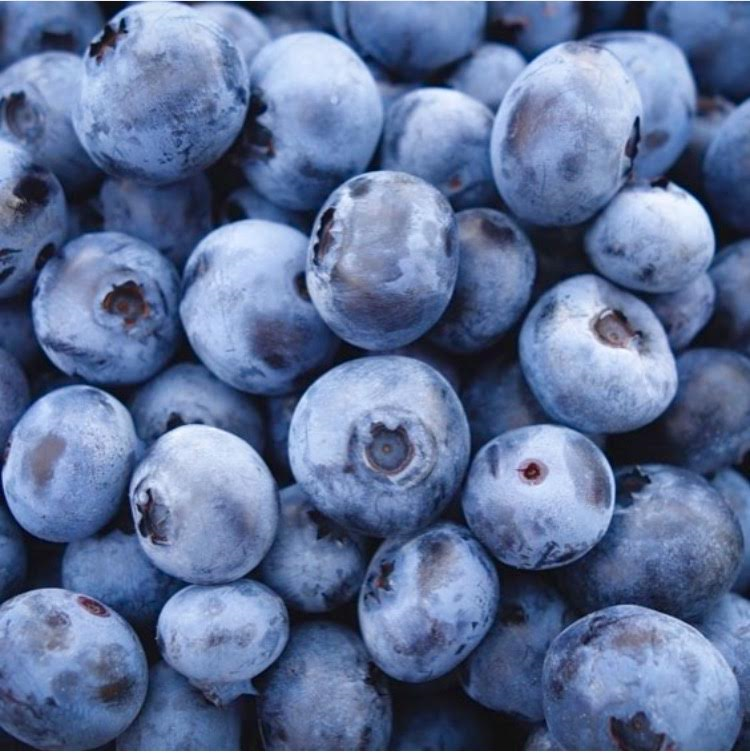
Photo courtesy of @namastenewyork on Instagram
People laud the açaí berry for being high in fiber, high in antioxidants, and low in fat. Can someone tell me how that’s different from any other berry on the market? Nutritionists say that there is no evidence that açaí berries have any ~magic abilities~ to improve your health, plus these suckers are crazy hard to find.
Stick to blueberries. You still get all the great benefits of the açaí, but in a much cheaper, easier to find form.
2. Spinach for kale
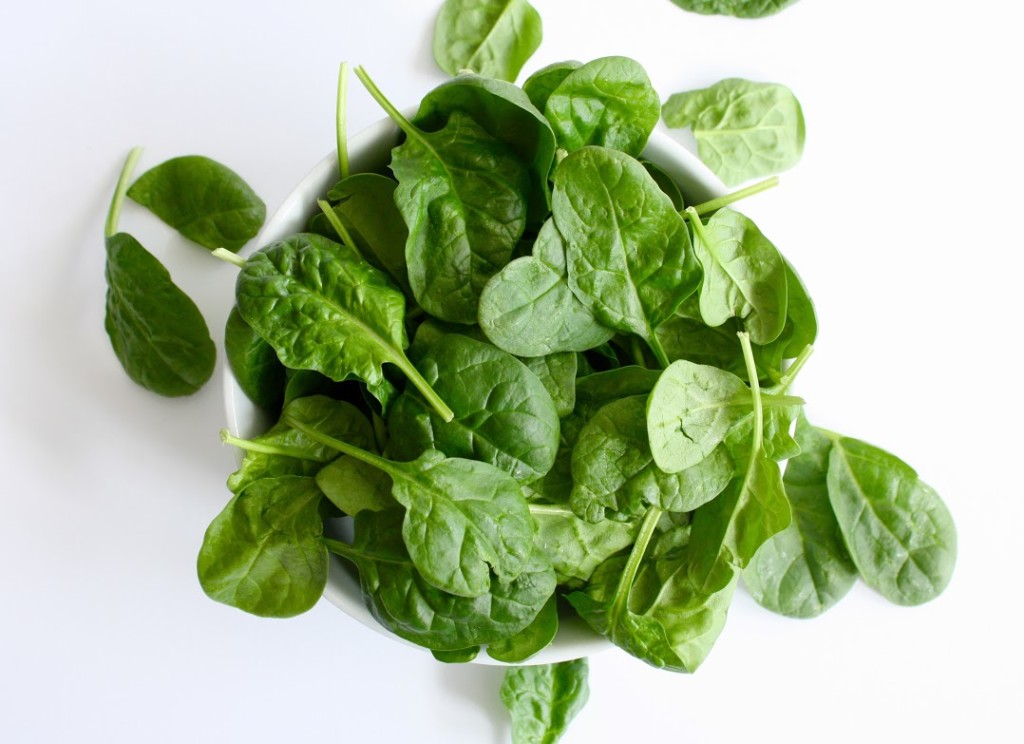
Photo by Kristine Mahan
Watch out kale, spinach is coming back to take over the throne as the superior leafy green. Sure, kale is trendy, but what is trendiness compared to long lasting health benefits? Spinach is filled with iron to help burn muscles (all about getting swole, am I right?) and has compounds in its leaves called thylakoids that help suppress appetite.
Last time I checked, kale couldn’t do that. In fact, there are many more nutritious green options than kale out there: romaine lettuce, collard greens, even parsley. Sorry kale, you’re last week’s news.
3. Greek Yogurt for kefir
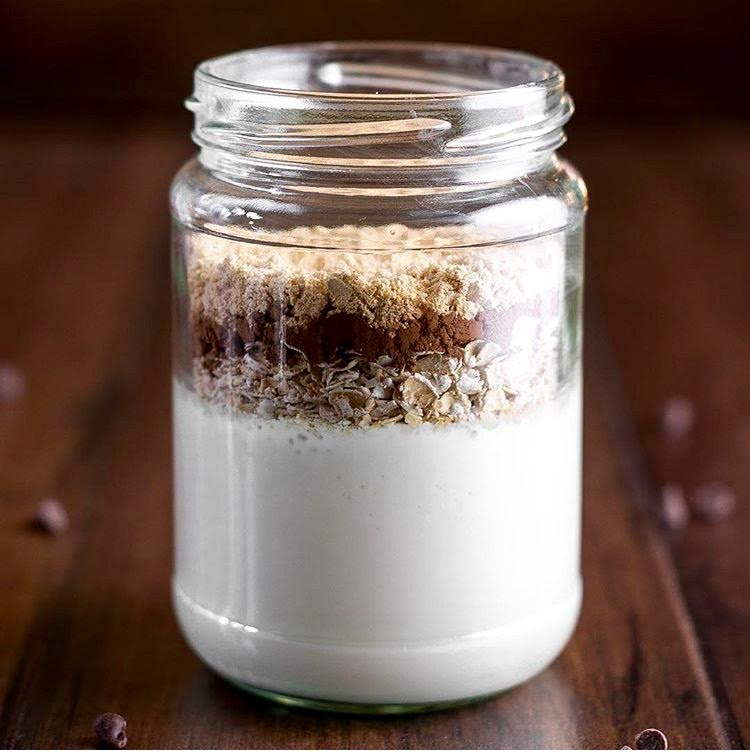
Photo courtesy of @amyshealthybaking on Instagram
Kefir is allowed to join the legion of superfoods for being creamy, tart, and full of healthy probiotics. I don’t know about you, but that sounds suspiciously similar to the bowl of Greek yogurt I had for breakfast this morning. People can try to argue with me on this one but I’ve got it covered.
“But you can drink kefir!” So make a smoothie. “But kefir is sweeter!” Add some berries if you want, I don’t judge. All I know is that it’s a lot easier to find Greek yogurt at my local Stop and Shop than it is to find some kefir. And if these two foods tout the same nutritional benefits, my laziness will win every time.
4. Lentils for quinoa
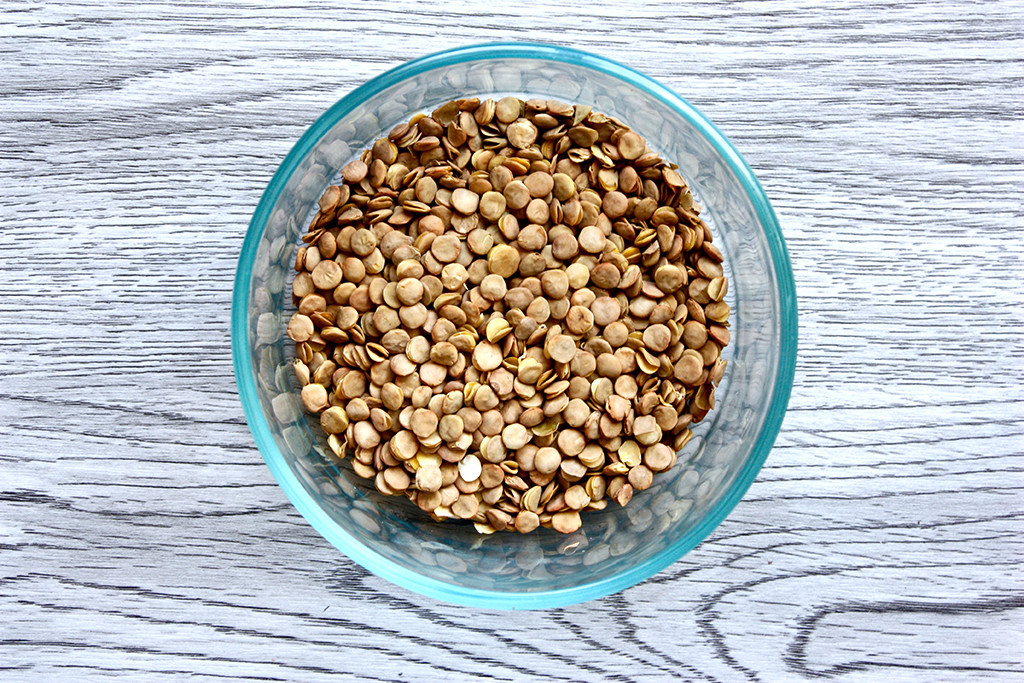
Photo by Christin Urso
Am I the only person on this planet that doesn’t quite get quinoa? Yeah, I’ve tried it, but the taste and texture isn’t enough for me to want to eat it all day, every day, no matter how many millennials get mad at me for it. The two main qualities that make quinoa so attractive are its supposedly crazy high amounts of fiber and protein.
Well…compared to lentils, quinoa isn’t looking so hot. According to this article by SFGate, one cup of lentils has almost four times the dietary fiber and 10 more grams of protein than one cup of quinoa. And since quinoa and lentils are in about the same range when it comes to calories and carbohydrates, it just makes more sense to choose the lentils.
Did you hear that? It’s the sound of thousands of iPhones and half-caf Frappuccinos dropping to the floor in horror.
5. Water or Gatorade for coconut water

Photo courtesy of @mcmika201 on Instagram
Coconut water: people either love it or hate it. But no matter what camp you fall into, you know that people go crazy for the stuff because of its low sodium and calorie count. Plus the boost of potassium doesn’t hurt either.
To its fans, coconut water is basically a new and improved sports drinks. But its detractors wonder how coconut water can actually help athletes. When you’re working out, don’t you need all of that sodium and all of those calories you’re sweating out?
At the end of the day, coconut water is one of those superfoods that just won’t cut it for gym rats. Stick to water or even Gatorade if you’re having a long, sweaty workout.
6. Fresh fruits and vegetables for green juices/cleanses
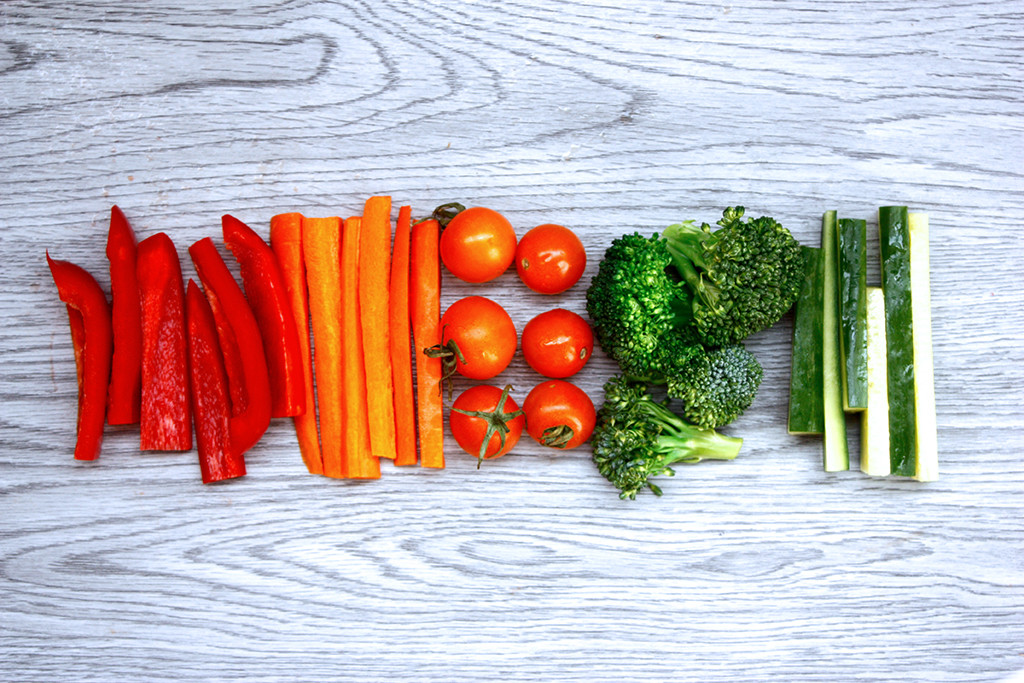
Photo by Christin Urso
Okay, I know I might catch a lot of heat for this one, but the simple fact of the matter is it’s a lot safer and better for you to eat your fruits and vegetables rather than drink them. While the components in these trendy superfoods are definitely healthy for you in their own right, it’s when they are used as meal replacements is when it gets tricky.
In this article from AlterNet, the side effects from partaking in juice cleanses are listed as “fatigue, headaches, nausea… among others.” If you ask me, I think it’s a much better idea to eat the same healthy fruits and vegetables that would be in my juice than to deal with all of those icky side effects. Plus, you don’t have to waste time looking for a straw.

